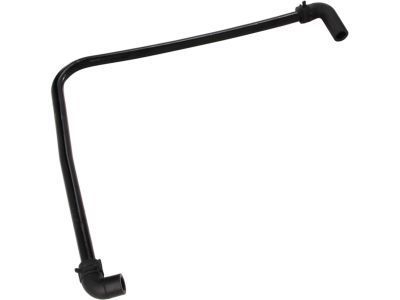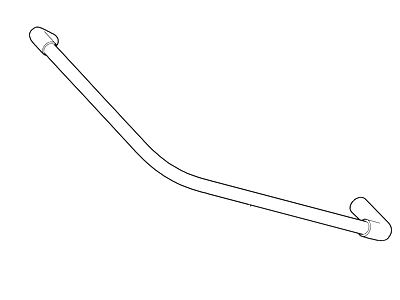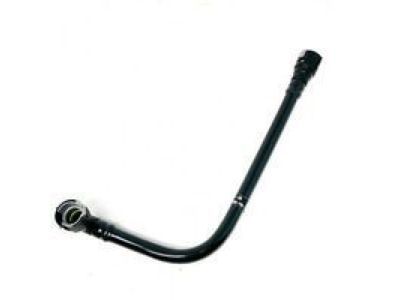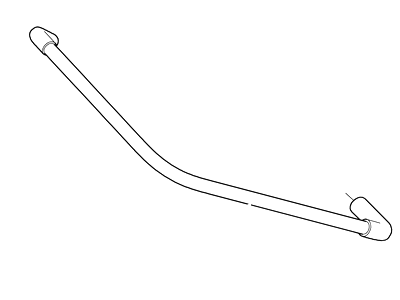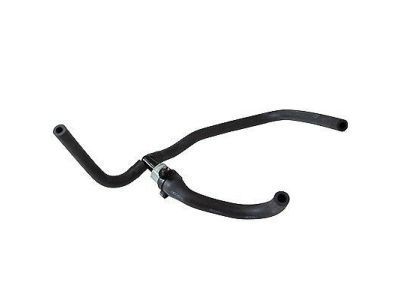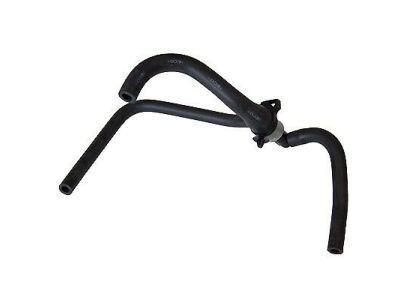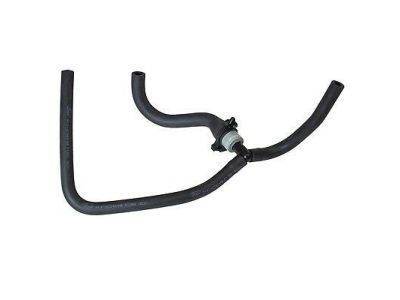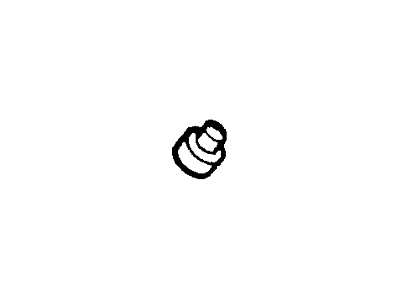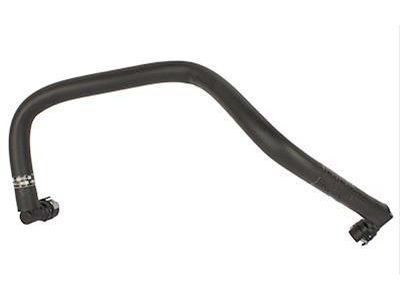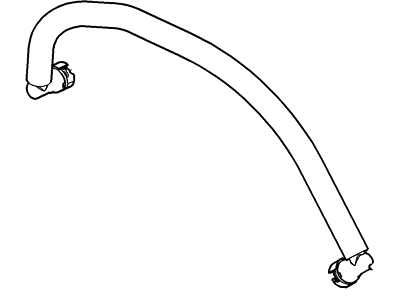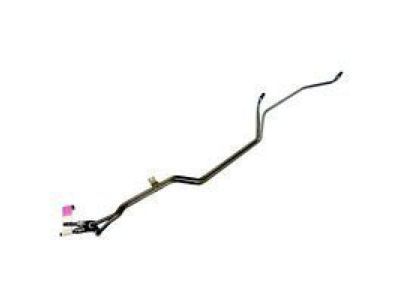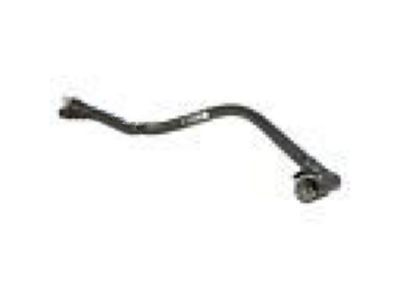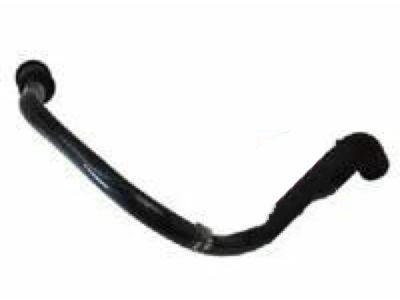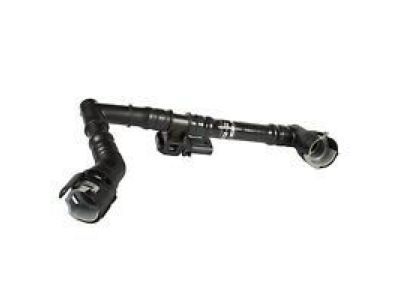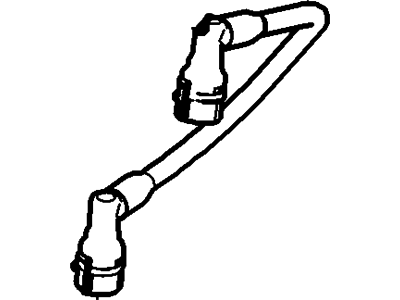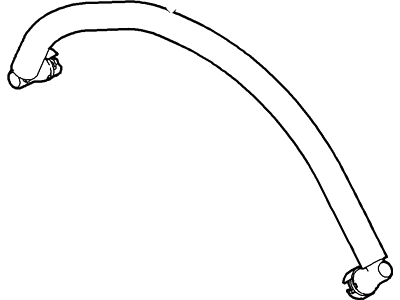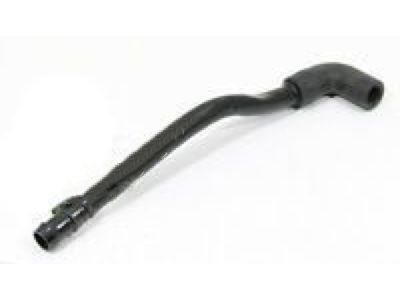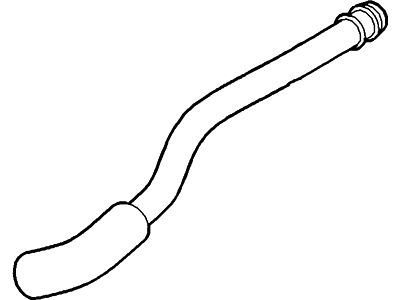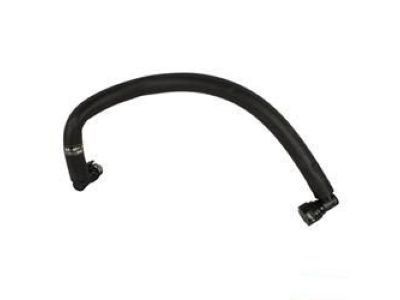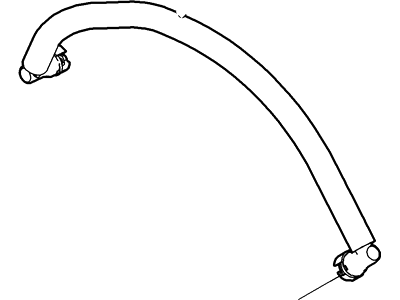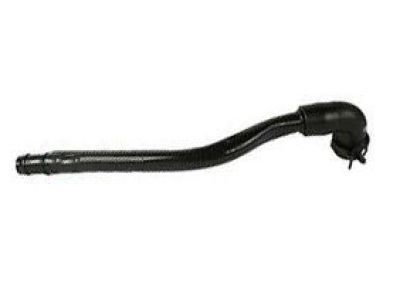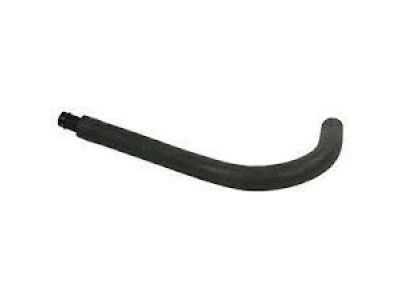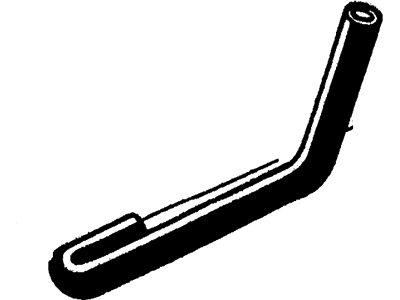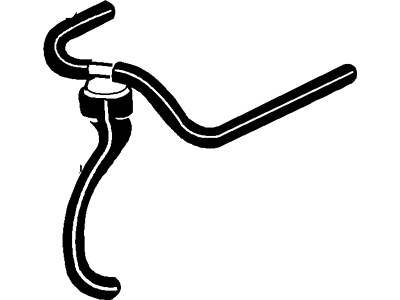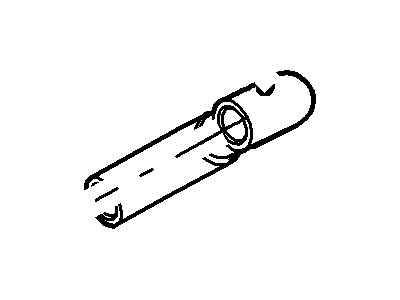

My Garage
My Account
Cart
Genuine Ford Explorer Sport Trac PCV Hose
PCV Valve Hose- Select Vehicle by Model
- Select Vehicle by VIN
Select Vehicle by Model
orMake
Model
Year
Select Vehicle by VIN
For the most accurate results, select vehicle by your VIN (Vehicle Identification Number).
15 PCV Hoses found
Ford Explorer Sport Trac Vent Hose
Part Number: 4L5Z-6758-HA$66.51 MSRP: $102.83You Save: $36.32 (36%)Ships in 1 Business DayFord Explorer Sport Trac Tube Assembly
Part Number: 1L5Z-6758-AA$66.51 MSRP: $102.83You Save: $36.32 (36%)Ships in 1 Business DayFord Explorer Sport Trac Connecting Hose
Part Number: F77Z-6C342-AB$53.85 MSRP: $77.37You Save: $23.52 (31%)Ships in 1-3 Business DaysFord Explorer Sport Trac Vent Hose
Part Number: 9L3Z-6A664-B$21.32 MSRP: $31.17You Save: $9.85 (32%)Ships in 1-2 Business DaysFord Explorer Sport Trac Tube Assembly
Part Number: 6L2Z-6758-BA$27.41 MSRP: $39.05You Save: $11.64 (30%)Ships in 1-2 Business DaysFord Explorer Sport Trac Vent Hose
Part Number: 7L2Z-6A664-A$21.24 MSRP: $30.25You Save: $9.01 (30%)Ships in 1-3 Business Days
Ford Explorer Sport Trac PCV Hose
We provide a wide range of Ford Explorer Sport Trac PCV Hose at the best prices possible. If you need Ford Explorer Sport Trac PCV Hose, you can shop with confidence on our website. All our OEM parts come with a manufacturer's warranty and are delivered to your door step with a fast delivery service.
Ford Explorer Sport Trac PCV Hose Parts Questions & Experts Answers
- Q: How to check and replace PCV Hose on Ford Explorer Sport Trac?A:It is suggested that replacement of air conditioning hoses should be done only by a dealer service department or an air conditioning shop that is capable of properly depressurizing the system and hoses or components should not be disconnected at any time unless the system is totally depressurized. Heating up under the hood can lead to the wearing out of rubber and plastic hoses which are used for engine, accessory as well as the emission systems, it therefore needs to be checked for any cracks, and loose clamps, as well as signs of hardening and leakage. Clamps found on most hoses should always be tightened or checked for tightness in order to avoid any leaks Hose without such clamps must be checked frequently for either expansion or hardening. The PCV system is used to control crankcase blow-by gas and it uses a PCV rubber hose that connects the crankcase to the intake manifold, and it is wise to check if the hose has cracks or is blocked. Colour coded vacuum hoses should be replaced with hoses of the same type, though the best thing is to detach these for better check and then label them to ensure correct reconnection. The Plastic T-fittings should also be checked for cracks and to check for leaks small piece of vacuum hose can be rolled on the joints and the sound of hissing can be listened. Fuel lines are normally under pressure and hence care must be taken to contain the fuel that may spill and all rubber fuel lines must be inspected for signs of deterioration especially at region of bends and fittings. In replacement of the fuel line, high quality fuel line must be used and never any type of unreinforced vacuum line or clear plastic tubing. Screw clamps to fuel lines should be fitted where spring-type clamps are used when hoses are replaced. Fuel lines that use metals must be assessed for bends, crimps, or cracks, and replacement must be with seamless steel tubing as both copper and aluminum are inadequate in strength. Hoses and lines used for connecting metal brakes should be inspected for cracks as well as loose fittings and in cases where there is brake fluid leakage it should be checked. The fuel injection system contains nylon fuel lines which need special material and ways of repair, and power steering hoses should be examined for the loose connections and the presence of the worn clamps that characterize leaks; worn and leaky hoses should be replaced.
